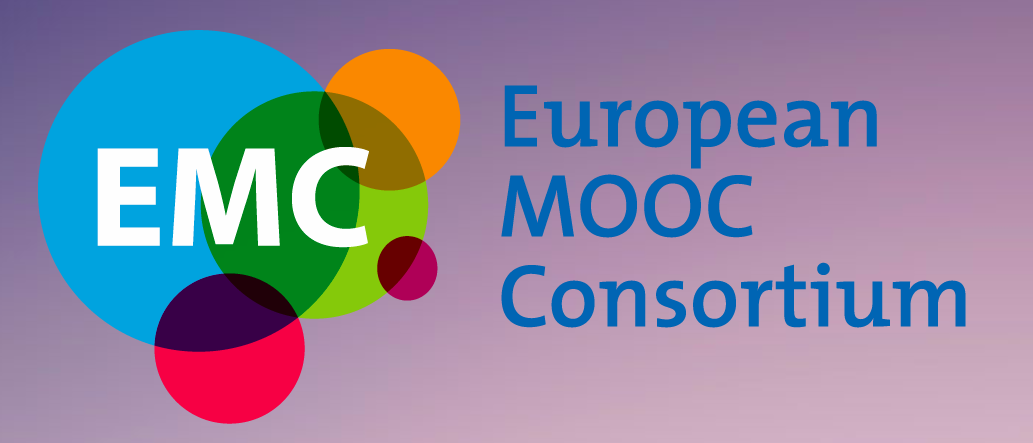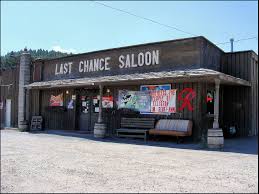Christina Hendricks has shared a helpful summary showing which aspects of the COUP framework are addressed in different parts of the literature in this area. I believe this would be of interest to many of our readers, so I’m sharing it through the blog.
I think it’s fair to call this a work in progress – if you’re aware of something missing, add it to the comments and we can pass it on. Thanks for sharing, Christina!
See the original post at Literature on open textbooks: COUP – You’re the Teacher.
I am working on a literature review for an article I and a couple of other people are writing about a survey about open textbooks in a course at UBC, and as part of that effort I created a table of some of the research literature on open textbooks. I thought it might be useful to others.
This table is based on the “COUP” framework explained by the Open Education Group (with whom I have an OER Research Fellowship at the moment): Cost, Outcomes, Use, and Perceptions. See here for an explanation of each element of this framework as it relates to research on open textbooks and other Open Educational Resources.
The table is not an exhaustive list of literature; for one thing, it doesn’t include an article I found that is not open access (and I don’t have access to it):
Petrides, L., Jimes, C., Middleton‐Detzner, C., Walling, J., & Weiss, S. (2011). Open textbook adoption and use: implications for teachers and learners. Open Learning: The Journal of Open, Distance and E-Learning, 26(1), 39–49.http://doi.org/10.1080/02680513.2011.538563
I also only included studies that focused on open textbooks, specifically. There are other studies that talk about other OER in the Open Education Group’s Review Project.
The order of the items in the table is pretty random…sorry about that, but it’s not terribly easy to move them around here in WordPress. And I can’t get the padding around the cells to work, so stuff is squished up against the walls of the cells on the table.
There are probably other studies about open textbooks that I’m missing at the moment. Please add them in the comments!
| Article | Cost | Out- comes |
Use | Perce-ptions |
| Allen, G., Guzman-Alvarez, A., Smith, A., Gamage, A., Molinaro, M., & S. Larsen, D. (2015). Evaluating the effectiveness of the open-access ChemWiki resource as a replacement for traditional general chemistry textbooks. Chemistry Education Research and Practice, 16(4), 939–948. http://doi.org/10.1039/C5RP00084J | X | |||
| Allen, I. E., & Seaman, J. (2016). Opening the Textbook: Open Education Resources in U.S. Higher Education, 2015-2016 (Babson Survey Research Group). Retrieved fromhttp://onlinelearningsurvey.com/oer.html | X | F | ||
| Allen, N., & Student PIRGs. (2010). A Cover to Cover Solution: How Open Textbooks are the Path to Textbook Affordability. Student PIRGs. Retrieved fromhttp://www.studentpirgs.org/reports/cover-cover-solution | X | X | ||
| Belikov, O. M., & Bodily, R. (2016). Incentives and barriers to OER adoption: A qualitative analysis of faculty perceptions. Open Praxis, 8(3), 235–246.http://doi.org/http://dx.doi.org/10.5944/openpraxis.8.3.308 | X | F | ||
| Bliss, T. J., Hilton, J., Wiley, D., & Thanos, K. (2013). The cost and quality of online open textbooks: Perceptions of community college faculty and students. First Monday, 18(1). Retrieved fromhttp://firstmonday.org/ojs/index.php/fm/article/view/3972/3383 | X | S, F | ||
| Bliss, T. J., Robinson, T. J., Hilton, J., & Wiley, D. A. (2013). An OER COUP: College Teacher and Student Perceptions of Open Educational Resources. Journal of Interactive Media in Education,0(0). Retrieved from http://jime.open.ac.uk/article/view/252 | X | X | X | S, F
|
| Feldstein, A., Martin, M., Hudson, A., Warren, K., Hilton III, J., & Wiley, D. (2012). Open Textbooks and Increased Student Access and Outcomes. European Journal of Open, Distance and E-Learning, 15(2). Retrieved from http://www.eurodl.org/index.php?p=archives&year=2012&halfyear=2&article=533 | X | X | S | |
| Fischer, L., Hilton III, J., Robinson, J., & Wiley, D. A. (2015). A multi-institutional study of the impact of open textbook adoption on the learning outcomes of post-secondary students – Springer.Journal of Computing in Higher Education, 27(3), 159–172.http://doi.org/10.1007/s12528-015-9101-x | X | |||
| Florida Virtual Campus. (2012). 2012 Florida Student Textbook Survey. Retrieved fromhttps://florida.theorangegrove.org/og/items/10c0c9f5-fa58-2869-4fd9-af67fec26387/1/ | X | X | S, F | |
| Hilton, J. (2016). Open educational resources and college textbook choices: a review of research on efficacy and perceptions.Educational Technology Research and Development, 64(4), 573–590. http://doi.org/10.1007/s11423-016-9434-9 | X | S, F | ||
| Hilton III, J. L., Gaudet, D., Clark, P., Robinson, J., & Wiley, D. (2013). The adoption of open educational resources by one community college math department. The International Review of Research in Open and Distance Learning, 14(4). Retrieved fromhttp://www.irrodl.org/index.php/irrodl/article/view/1523 | X | X | S, F | |
| Hilton, J., & Laman, C. (2012). One college’s use of an open psychology textbook. Open Learning: The Journal of Open, Distance and E-Learning, 27(3), 265–272.http://doi.org/10.1080/02680513.2012.716657 | X | |||
| Hilton III, J. L., Robinson, T. J., Wiley, D., & Ackerman, J. D. (2014). Cost-savings achieved in two semesters through the adoption of open educational resources. The International Review of Research in Open and Distance Learning, 15(2). Retrieved fromhttp://www.irrodl.org/index.php/irrodl/article/view/1700 | X | |||
| Jhangiani, R., Pitt, R., Hendricks, C., Key, J., & Lalonde, C. (2016).Exploring Faculty Use of Open Educational Resources at BC Post-secondary Institutions. BCcampus. Retrieved fromhttps://open.bccampus.ca/2016/01/18/new-study-exploring-faculty-use-of-oer-at-bc-institutions/ | X | F | ||
| Kimmons, R. (2015). OER Quality and Adaptation in K-12: Comparing Teacher Evaluations of Copyright-Restricted, Open, and Open/Adapted Textbooks. The International Review of Research in Open and Distributed Learning, 16(5). Retrieved fromhttp://www.irrodl.org/index.php/irrodl/article/view/2341 | X | F | ||
| Lindshield, B. L., & Adhikari, K. (2013). Online and Campus College Students Like Using an Open Educational Resource Instead of a Traditional Textbook. Journal of Online Teaching and Learning,9(1). Retrieved fromhttp://jolt.merlot.org/vol9no1/lindshield_0313.htm | X | S
|
||
| Pitt, R. (2015). Mainstreaming Open Textbooks: Educator Perspectives on the Impact of OpenStax College open textbooks.The International Review of Research in Open and Distributed Learning, 16(4). Retrieved fromhttp://www.irrodl.org/index.php/irrodl/article/view/2381 | X | X | F | |
| Robinson, T. J. (2015, May). The Effects of Open Educational Resource Adoption on Measures of Post-Secondary Student Success (Doctoral dissertation). Brigham Young University. Retrieved fromhttp://pqdtopen.proquest.com/doc/1710437283.html?FMT=AI | X | |||
| Robinson, T. J., Fischer, L., Wiley, D., & Hilton, J. (2014). The Impact of Open Textbooks on Secondary Science Learning Outcomes. Educational Researcher, 43(7), 341–351.http://doi.org/10.3102/0013189X14550275 | X | |||
| Senack, E. (2015). Open Textbooks: The Billion Dollar Solution. The Student PIRGS. Retrieved fromhttp://www.studentpirgs.org/reports/sp/open-textbooks-billion-dollar-solution | X | |||
| Senack, E., & The Student PIRGs. (2014). Fixing the Broken Textbook Market | U.S. PIRG (pp. 1–18). Retrieved fromhttp://www.uspirg.org/reports/usp/fixing-broken-textbook-market |
Reproduced from http://blogs.ubc.ca/chendricks/2016/09/11/literature-on-open-textbooks-coup/ under a CC-BY licence.






Leave A Comment